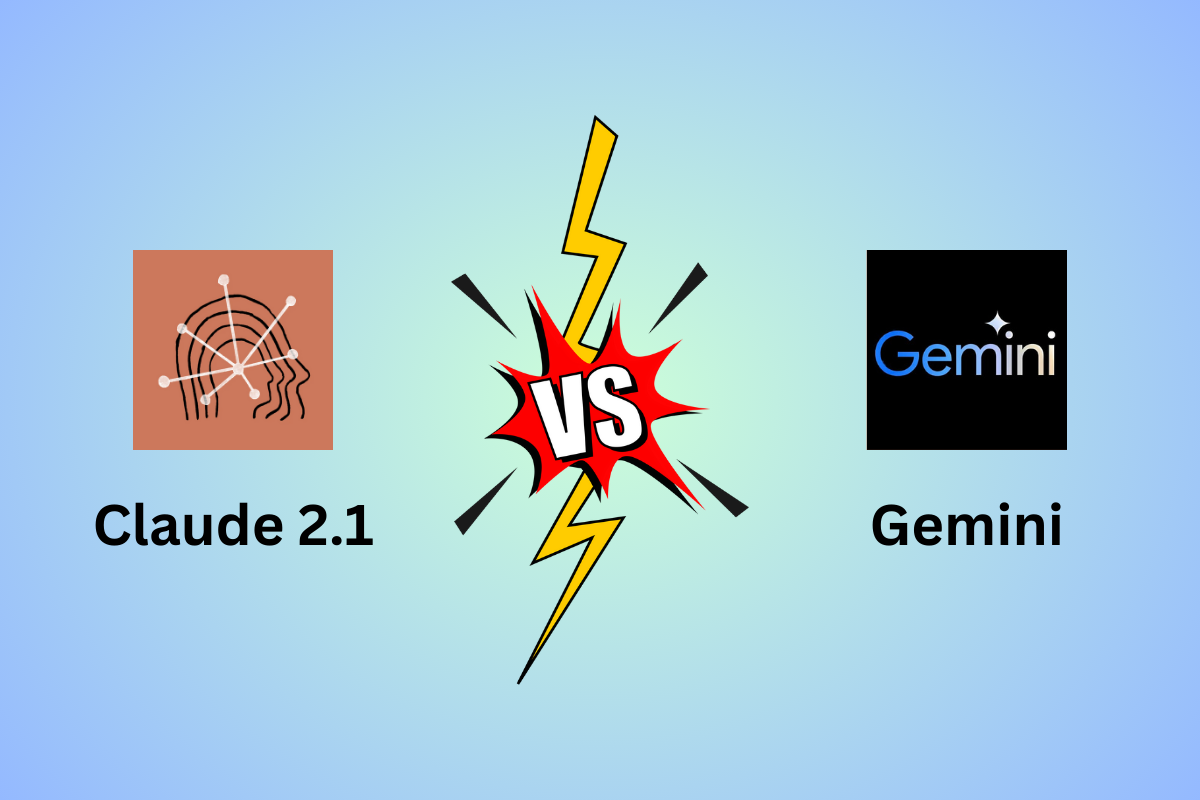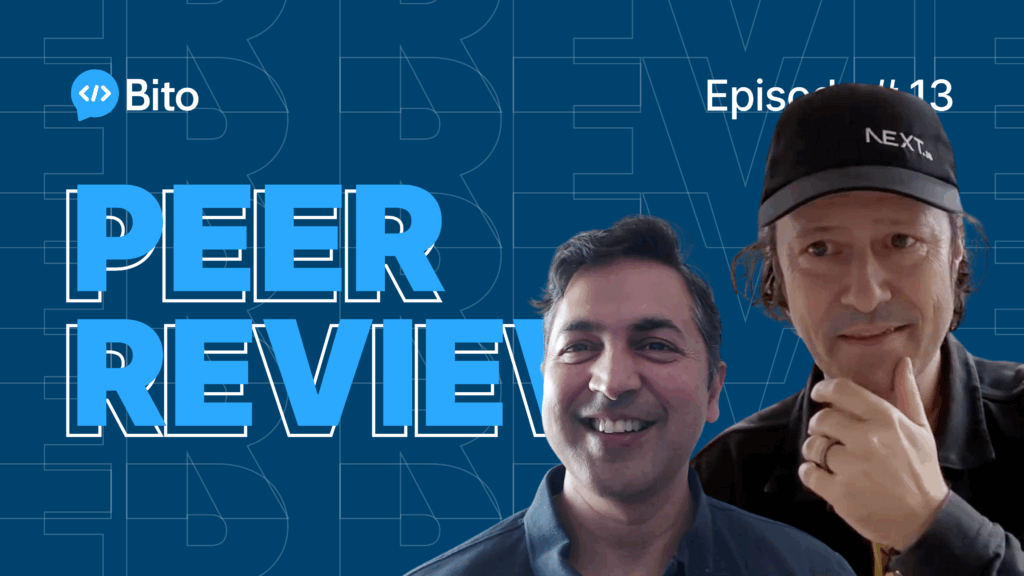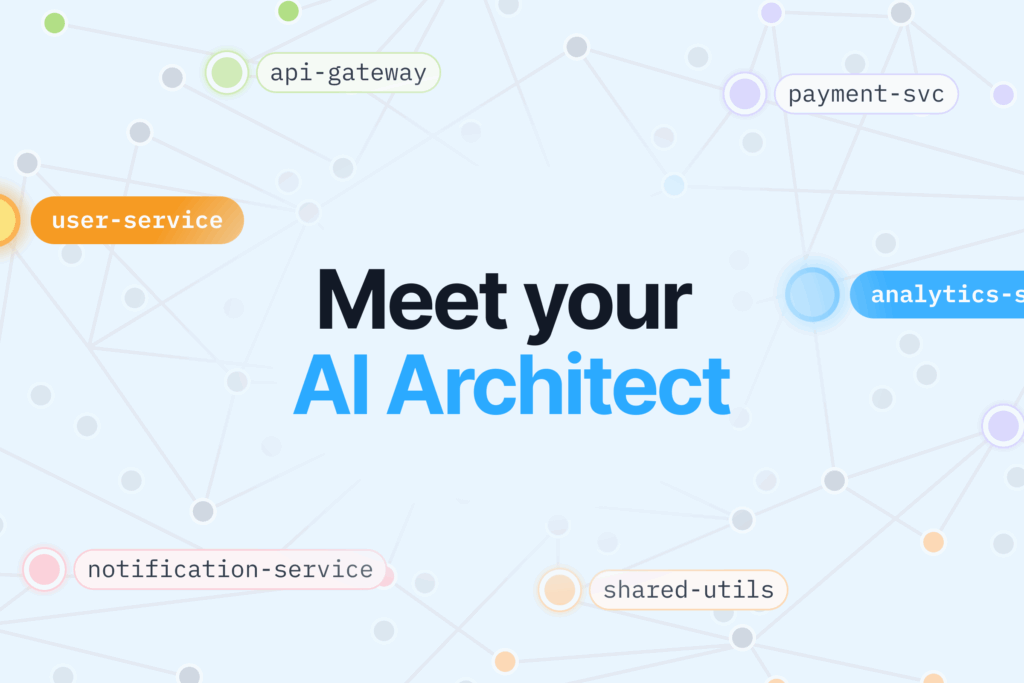Google’s Gemini and Anthropic’s Claude 2.1 are Large Language Models (LLM) that are rapidly evolving the artificial intelligence (AI) landscape. Both models represent significant advancements in AI capabilities, but they cater to different aspects of AI functionalities and applications. Let’s compare these two models across various benchmarks and parameters.
Overview
Gemini: A Google AI model family comprising Gemini Ultra, Pro, and Nano. Gemini is known for its native multimodality, handling text, images, audio, and video.
Claude 2.1: Anthropic’s AI model, Claude 2.1, is a conversational AI designed for a broad range of language understanding and generation tasks. It emphasizes safety and alignment with user intentions.
Capability and Functionality
Gemini:
- Natively multimodal, capable of processing and generating content across various data types.
- Designed for specific applications, ranging from intensive cloud-based tasks to mobile applications.
- Integrated into Google’s ecosystem, offering enhancements in tools like Google Search and Android devices.
Claude 2.1:
- Primarily focused on natural language processing.
- Designed with an emphasis on safe and user-aligned interactions.
- Suitable for a wide range of conversational applications.
Benchmark Performance: Gemini vs Claude 2.1
To objectively compare Gemini vs Claude 2.1, let’s look at some benchmark results:
General Reasoning and Comprehension
| Benchmark | Gemini Ultra | Claude 2.1 | Description |
|---|---|---|---|
| MMLU | 90.0% | 78.5% | Multitask Language Understanding |
| Big-Bench Hard | 83.6% | Not reported | Multi-step reasoning tasks |
| DROP | 82.4 | Not reported | Reading comprehension |
| HellaSwag | 87.8% | Not reported | Commonsense reasoning for everyday tasks |
Mathematical Reasoning
| Benchmark | Gemini Ultra | Claude 2.1 | Description |
|---|---|---|---|
| GSM8K | 94.4% | 88.0% | Basic arithmetic and Grade School math problems |
| MATH | 53.2% | Not reported | Advanced math problems |
Code Generation
| Benchmark | Gemini Ultra | Claude 2.1 | Description |
|---|---|---|---|
| HumanEval | 74.4% | 71.2% | Python code generation |
| Natural2Code | 74.9% | Not reported | Python code generation, new dataset |
Image Understanding
| Benchmark | Gemini Ultra | Claude 2.1 | Description |
|---|---|---|---|
| VQAv2 | 77.8% | N/A | Natural image understanding |
| TextVQA | 82.3% | N/A | OCR on natural images |
| DocVQA | 90.9% | N/A | Document understanding |
| MMMU | 59.4% | N/A | Multi-discipline reasoning problems |
Video Understanding
| Benchmark | Gemini Ultra | Claude 2.1 | Description |
|---|---|---|---|
| VATEX | 56.0 | N/A | English video captioning |
| Perception Test MCQA | 46.3% | N/A | Video question answering |
Audio Processing
| Benchmark | Gemini Ultra | Claude 2.1 | Description |
|---|---|---|---|
| CoVoST 2 | 29.1 | N/A | Automatic speech translation |
| FLEURS | 17.6% | N/A | Automatic speech recognition |
Applications
Gemini:
- Ideal for interdisciplinary and technical applications, such as research, education, and creative industries.
- Its multimodal capabilities make it well-suited for tasks involving complex data interpretation, like medical imaging, video content analysis, and interactive AI in various media formats.
- Gemini’s diverse range of models offers scalability, from cloud-based heavy-duty applications to on-device implementations.
- Can be integrated into various Google products, enhancing user experience in search, mobile applications, and more.
Claude 2.1:
- Best suited for customer service, personal assistants, and educational tools, where safe and aligned conversational AI is paramount.
- Its design makes it highly applicable in sectors like healthcare, banking, and legal, where ethical considerations and user trust are critical.
- Claude 2.1’s focus on safety and alignment could pave the way for new standards in AI ethics and responsible AI practices.
Conclusion
In summary, Gemini and Claude 2.1 cater to different segments of the AI market. Gemini’s strength lies in its native multimodality, making it adept at handling a variety of data types, including text, images, audio, and video. It’s particularly suited for applications that require a comprehensive understanding and generation of diverse content types.
On the other hand, Claude 2.1, while more focused on language processing, emphasizes safety and alignment in user interactions, making it a strong candidate for applications where conversational AI is crucial. Its design prioritizes user-friendly and ethically aligned interactions.






